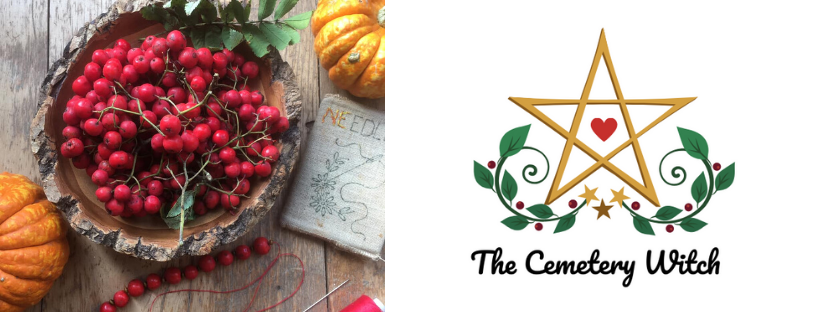Usually around this time of year we’re gearing up for our annual trip down to Hampshire (my birthplace) for the Beltane celebration at Buster Ancient Farm, where a Wicker Man is burned to celebrate the first stirrings of summer. Each year they have a different Wicker Man; the one shown here was to reflect the one in the 1973 film The Wicker Man, and I had a great time climbing up the ladder and getting in it!
Wicker Men are giant effigies supposedly used by the Druids to perform a human sacrifice, to pay homage to the gods in some way.
In Book VI of his Commentary on the Gallic War, Gaius Julius Caesar writes of the sacrificial rituals of the Gauls. The main evidence for this practice is just one sentence:
"The nation of all the Gauls is extremely devoted to superstitious rites; and on that account they who are troubled with unusually severe diseases and they who are engaged in battles and dangers, either sacrifice men as victims, or vow that they will sacrifice them, and employ the Druids as the performers of those sacrifices; because they think that unless the life of a man be offered for the life of a man, the mind of the immortal gods cannot be rendered propitious, and they have sacrifices of that kind ordained for national purposes. Others have figures of vast size, the limbs of which formed of osiers they fill with living men, which being set on fire, the men perish enveloped in the flames.”
Modern archaeological research has yielded evidence that human sacrifice was practised among the Iron Age tribes of Europe, but scholars are not sure whether to believe Caesar’s claims, as these deaths predate the Roman era.
Historians are not sure if Caesar was reporting an established tradition, what he’d heard from others (for example Posidonius of Rhodes), or if he was simply telling a story he had embellished, for self-promotion or as propaganda.
They also can’t be certain if these practices, if they did exist, were used for human sacrifice in Iron Age Britain, as there’s no evidence for it, despite the popular myth.
Have you ever been to a pagan celebration or an event with a Wicker Man?
